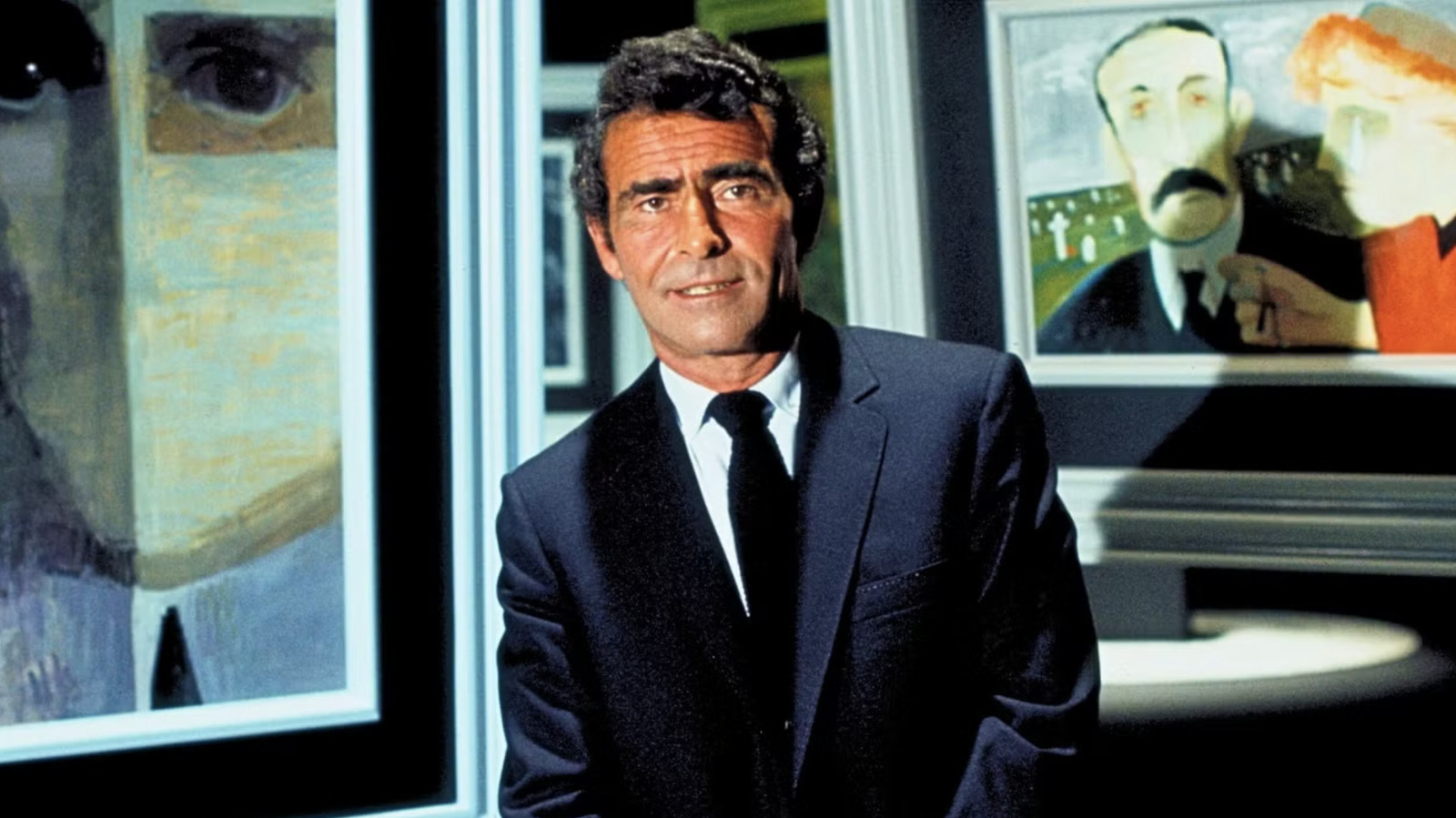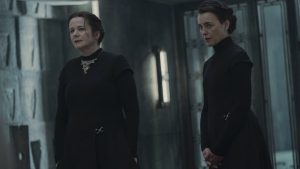
Rod Serling’s Horror Anthology Follow-Up to The Twilight Zone, Analyzed
Rod Serling’s impact on television remains unquestionable, particularly with his groundbreaking sci-fi anthology, The Twilight Zone. From 1959 to 1964, this series delivered 156 thought-provoking episodes, showcasing a blend of supernatural tales and morality lessons that captivated audiences and reshaped the television landscape. Serling’s skillful storytelling proved that a compelling narrative could unfold in just 25 minutes, making it a landmark show that inspired numerous successors in the genre.
After The Twilight Zone concluded, Serling faced challenges in replicating its success. He attempted to carve a niche with a brief Western series, The Loner, which ran for only a single season in 1965. That same year, he wrote A Carol for Another Christmas, a reinterpretation of the classic story featuring Peter Sellers, and took on hosting duties for the game show Liar’s Club, departing after just over two dozen episodes.
Yet, Serling’s significant return to the realm of anthology horror came in 1969 with the launch of Night Gallery. This series served as a more horror-centric counterpart to The Twilight Zone, where each episode began with Serling guiding viewers through an eerie art gallery adorned with unsettling paintings. These visuals, crafted by artists Thomas J. Wright and Jerry Gebr, set the tone for the haunting stories that followed.
While Night Gallery shared thematic similarities with its predecessor, including a penchant for the supernatural, its focus was distinctly on horror and showcased vibrant color photography that set it apart. Serling scoured the pages of sci-fi magazines and literary anthologies for stories to adapt, featuring works by authors such as Richard Matheson and H.P. Lovecraft.
The network, NBC, aimed for a more intense, gruesome series, and Serling was eager to align his narratives with this vision—provided he could embed his characteristic moral themes. Like The Twilight Zone, Night Gallery attracted impressive talent. The show marked a pivotal starting point for future directing luminaries like Steven Spielberg, while actors such as John Astin, Leonard Nimoy, and Joan Crawford, in her final role, contributed to the series’ star-studded lineup.
However, the production faced significant hurdles, particularly with Serling and producer Jack Laird often clashing over creative direction. Initially structured as a Wheel Show with limited episodes in its first season, the discord escalated during the second season, leading to Serling’s resignation as executive producer. The introduction of Laird’s comedic sketches proved to be a contentious addition, as Serling believed they undermined the core message of the show.
By its third season, Night Gallery transitioned to a 30-minute format, which further diluted its storytelling intent. The series began favoring American tales over European narratives, and the decrease in morality-centric plots marked a departure from what had made Serling’s earlier work resonate so effectively. Ultimately, Night Gallery was canceled after three seasons and 43 episodes.
Despite its cancellation, Night Gallery left a lasting impression. It was popular enough to earn parodies in cultural phenomena like The Simpsons’ Halloween specials. While it may not hold the same iconic status as The Twilight Zone, a deeper dive into its episodes reveals stories that stand strong on their own merits. Those interested can still find the series available for purchase on streaming platforms today.



